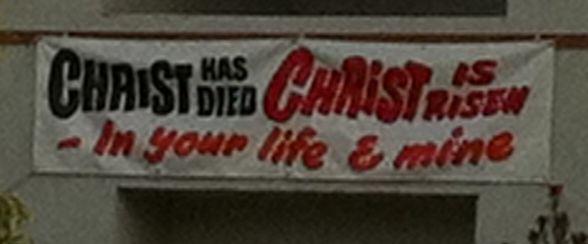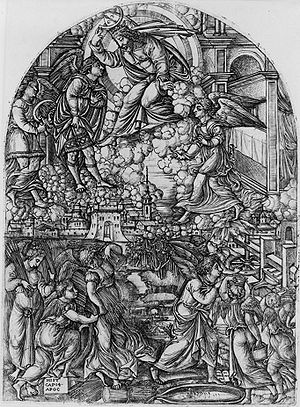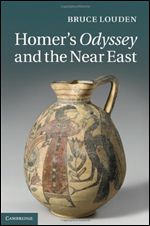I had half hoped that by posting an outline of Doherty’s arguments in chapter 6 ahead of James McGrath’s review of that chapter I would be encouraging him to be honest with the content he claims to be reviewing. Unfortunately, it appears I have misjudged him. For example, the first specific criticism refers to Doherty’s reference to Ignatius. Here is McGrath’s criticism:
Doherty also [sic] notes that Ignatius knows biographical details about Jesus, even though he does not show clear signs of knowing written Gospels such as those that made it into the New Testament (pp.57-58). That these considerations might themselves provide reasons for drawing a conclusion different than the one Doherty is heading for is never considered. (“Also”? McGrath has not stated any earlier argument or point Doherty makes about Ignatius at all, but has only given his own irrelevant argument that Ignatius’s attack on Docetism does not necessarily mean a rejection of historicity.)
All McGrath can bring himself to argue here is that Doherty fails to consider that Ignatius’ reference to biographical details of Jesus might be an argument for historicity! Well, when Ignatius speaks of Jesus’ biographical details, it is understood he thinks Jesus is historical. Doherty is addressing the contrary evidence that McGrath complains Doherty does not address, but faults him for not using it in a way that would support McGrath’s beliefs.
What McGrath actually wants Doherty to say here is left unsaid. McGrath’s own rebuttal of Doherty’s point is nonexistent. The bottom line is that McGrath faults Doherty for arguing mythicism and for not using Ignatius to argue for historical Jesus. But how McGrath would use the evidence of Ignatius to overturn Doherty’s argument is left a mystery. Continue reading “McGrath’s suppression of Doherty’s arguments: Ignatius”







